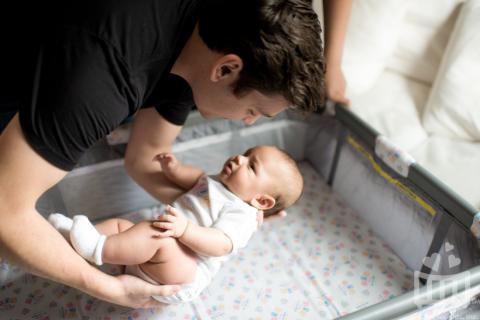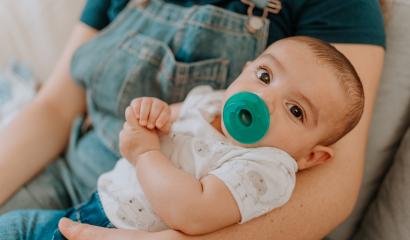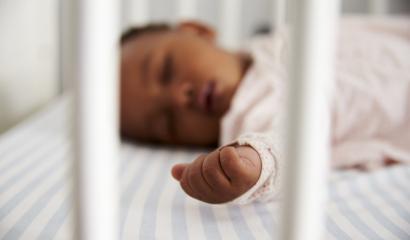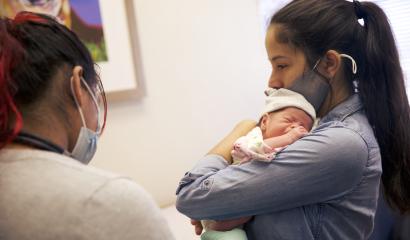Bright Futures
Articles and Updates from Phoenix Children's
Phoenix Children’s supports the American Academy of Pediatrics (AAP) evidence-based safe sleep guidelines for babies. The AAP recently updated and clarified guidance on safe sleep for babies.
Each year in the U.S., there are approximately 3,500 sleep-related infant deaths. How can parents ensure a safe sleep environment for their child? Ilce Alexander, senior injury prevention specialist at Phoenix Children’s, explains the recent AAP guidance and offers parents tips for making their baby’s sleep environment as safe as possible.
Q: What are the biggest things parents should know about these safe sleep updates from AAP?
A: The recommendations have not changed significantly, but the language is clearer. For instance, we’ve always known tummy time was important for babies, but this spells out that by 7 weeks of age, babies should have worked their way up to 15 to 30 minutes of supervised tummy time per day.
The updated guidance also addresses swaddling, weighted sleepwear products, the use of baby hats, and why inclined sleep surfaces are not safe for babies to sleep in.
Q: Are sleep sacks safe for babies?
A: Yes, sleep sacks are safe for babies.
If you are worried that your baby may get cold, sleep sacks are a safe and great option for babies to sleep in. If parents choose to use a sleep sack, they must be made of a breathable material. AAP safety guidelines do not support the use of weighted sleep sacks. They can cause the body to overheat, and the weighted aspect can make it difficult for the baby to move or breathe. If you are considering swaddling, AAP advises to discontinue swaddling as soon your baby shows signs of rolling on their side. This can be as soon as 3-4 months or earlier.
Q: What longstanding safe sleep tips should parents or guardians remember?
A: The most important things for parents to remember about creating a safe sleep environment are:
- Babies should be put to sleep on their backs, alone, on a firm mattress.
- Cribs should be bare, with nothing in them such as stuffed animals or blankets.
- Do no use infant sleep products that incline more than 10 degrees. These includes rockers, gliders, soothers and swings.
- Remove hats or headbands from your babies’ head. They can fall off during sleep and cause a suffocation risk.
Q: Where should babies not sleep?
A: Babies should not sleep on couches, beds, rocking chairs, or in anything where they are in an inclined sleep surface or seated position. Since babies have poor head control they can slouch in the rocker, glider, swing, bouncer or other like products and may end up in a position that may constrict their airway, causing breathing difficulties. Once baby falls asleep, always place them back in a crib, playard or bassinet.
Q: Where can caregivers learn more about safe sleep?
A: If you would like to learn more about how to create a safe sleep environment or cannot afford a safe sleep environment for your baby, contact Ilce Alexander, senior injury prevention specialist, by calling 602-933-3393.
Your child’s pediatrician may also be great resource for any safe sleep questions specific to your baby or sleeping environment.
The National Institute of Child Health offers many safe sleep materials for parents, grandparents and guardians.



